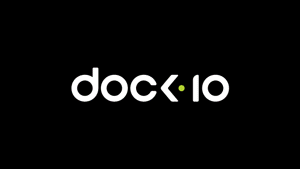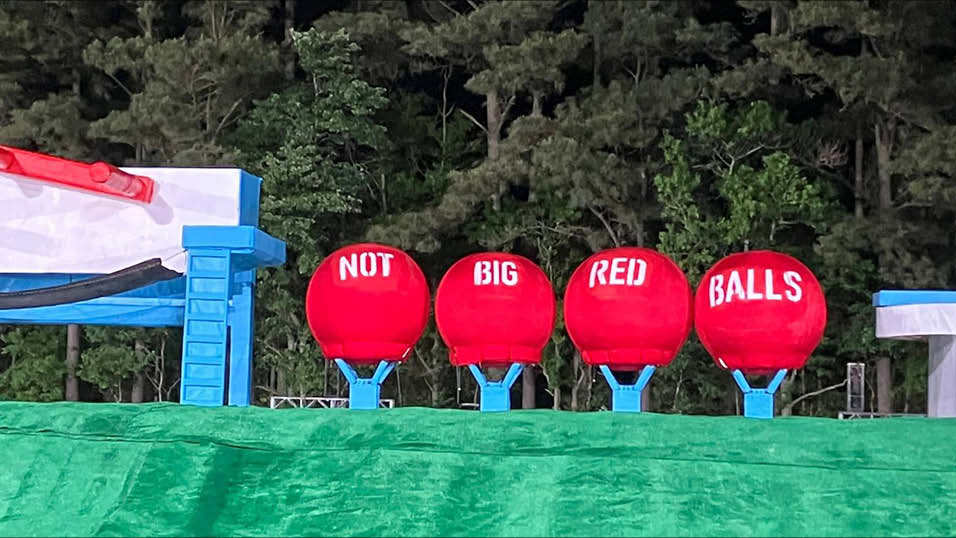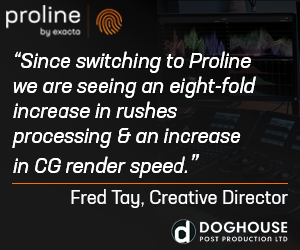All year 4K has been the watercooler topic across the industry. But how far off is the widespread adoption of 4K as a consumer technology? Will 2014 be the year that Ultra HD takes off or cools off?
4k in the home
How fast is the UK and Europe is going to adopt 4K? The answer depends largely on who you listen to. Most camera manufacturers are nothing short of bullish, but the reality is that 4K acquisition technology has raced ahead of the rest of the market – a trend which is set to continue in 2014.
History tells us that the tipping point for broadcast technology comes at a point when consumers can receive it in the home in meaningful numbers, says Michael Inouye, senior analyst at ABI research. In fact, most technology analysts agree that this is still some way off. “By 2018, 6% of households in Western Europe will have 4K sets,” says Inouye.
The rate determining step will be how fast the price of 4K sets falls – rather than how much content is available, which at the moment is not very much, he adds.
ABI predicts that despite high profile events such as the 2014 World Cup in Brazil and Sochi Winter Olympics their impact on 4K adoption will be minimal. “It’s simply too early,” says Inouye.
Supporting technologies like HEVC and HDMI 2.0 will also need time to establish solid footholds. The lack of domestic penetration is having an impact on broadcasters too, making them cautious.
BSkyB chief engineer Chris Johns has said that Sky will not rush into Ultra HD until it can be sure it can deliver a lot more to consumers than at present.
4k cameras
Barry Bassett, md at hire company VMI, notes that from an acquisition viewpoint 4K adoption has been rapid.
“Those who are choosing to shoot 4K are doing so for the same reasons that people took to HD – that is to be able to pan and scan.”
Lenses are no longer a stumbling block, adds Bassett, as Canon have a range of 4K cinema zooms and quality lenses such as Arri master primes, Cooke S4 and Angenieux Optimo zooms all deliver 4K.
“I suppose the real problem for the industry is that everyone is offering a 4K solution, but as yet no commissioners are showing any tangible excitement about actually commissioning anything in this new medium.”
Eben Clancy, director of post production for Timeline Television, adds that it’s no surprise that 4K is being driven very much by acquistion technology. “If you are buying a new camera it’s difficult to buy one that’s not 4K. The great thing about it for post is you can zoom in four times and still have a full res HD picture.”
4k post
But the real issues with 4K in post boil down to data, says Clancy.
“The amount of data creates bandwidth issues which are difficult to handle with an HD infrastructure. Post houses have been editing everything in full res HD because there is no conform, producing a much more streamlined workflow, but with 4K they will have to return to offline/online workflows. The reality is that programme makers won’t be able to edit in full res 4K for a long time. Avid doesn’t work natively in 4K yet, nor is there a decently-priced 4K monitor.”
So we won’t see seamless 4K workflows next year, says Clancy.
“By the time the industry has caught up with 4K the talk will be of 8k and beyond. And while there will be a higher definition format at some point, I don’t know if it will be 4K.”
4k creativity
What a lot of people haven’t taken on board is that 4K is simply a 4096 x 2160 pixel sampling grid, argues digital camera consultant Peter Wilson.
“What you get in terms of an image at the end of the day depends on a whole range of factors from the lens you use to your sensor’s performance to your skill as a director or DP.”
Genres where 4K is expected to impact most rapidly are sport and natural history, as was the case with HD. One of the big creative issues next year will be managing depth of field in 4K, says Wilson.
“There will be a lot of thinking about whether the industry needs a smaller 4K sensor to capture sport with a wider depth of field, or larger lenses, which will be heavy and expensive.
You could see the issues with Sony’s 4K live rugby trial, which was shot wide to capture action on the pitch and people in the stands. For sport you need a wide depth of field, but that’s not easy with large format chip cameras. The backgrounds ended up being softer than you’d expect.”
“Overall, my feeling is that there will be a bit of a 3D thing with 4K … a big buzz which will continue next year which will then die down as little 4K content emerges. But I definitely expect it to return at a later date.”
David Wood
Share this story


















